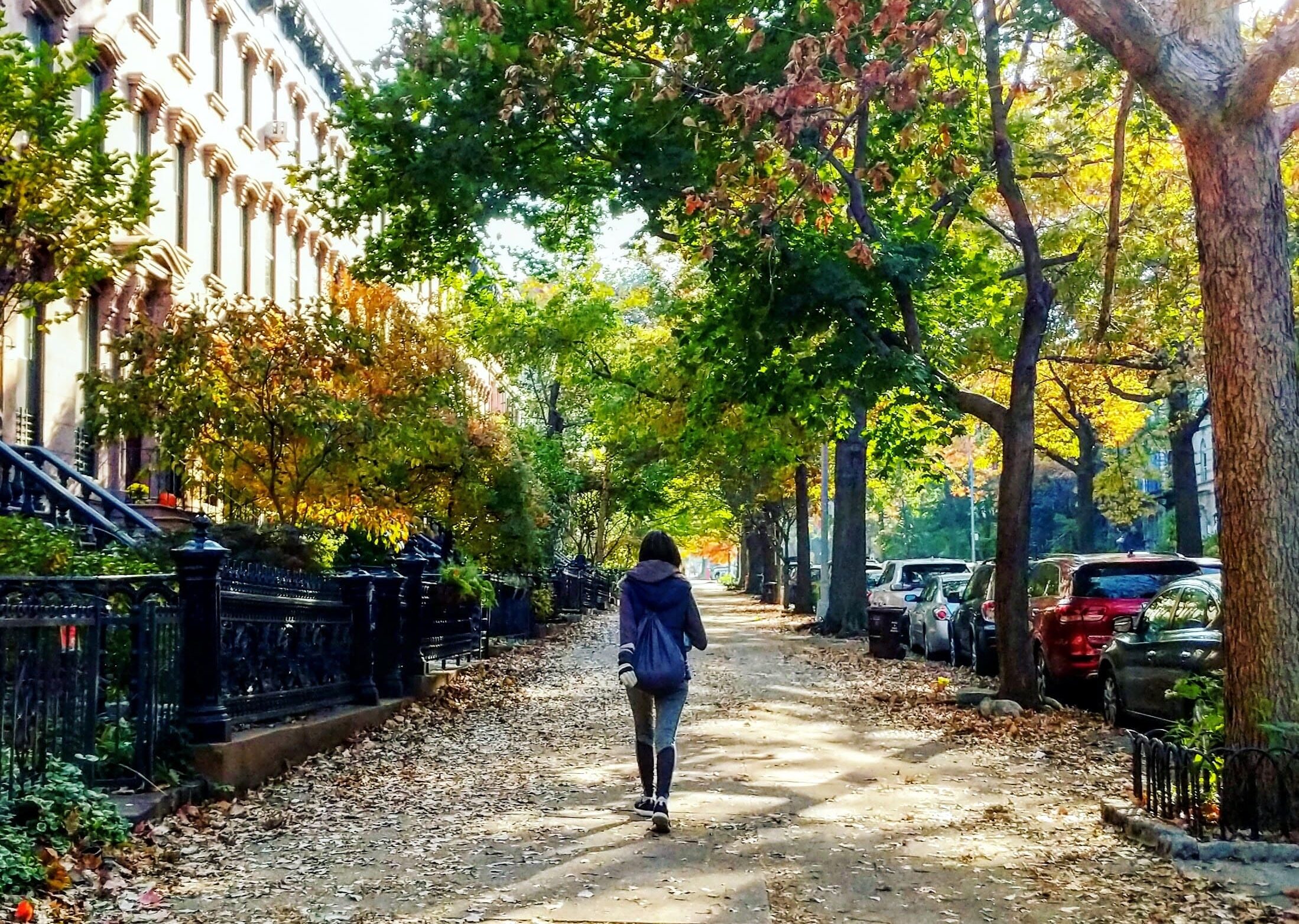Spring allergies are changing—and fast. If you’ve noticed allergy symptoms showing up earlier or lasting longer, you’re not alone. Climate shifts, rising pollen counts, and unpredictable weather patterns are reshaping seasonal allergies in ways we’ve never seen before.
Based on trends from 2022 to 2024, here’s what experts predict for spring 2025. If you suffer from seasonal allergies, get ready for a rollercoaster of pollen, longer seasons, and some surprising new hotspots.
1. Allergy Season Will Start Earlier Than Ever

Spring allergies are expected to kick in up to three weeks earlier than usual in many regions. Warmer winter temperatures have already led to premature tree blooms in cities like Atlanta and Chicago. In 2025, expect sneezing and congestion to hit before winter even ends.
2. Pollen Seasons Will Last Longer

The days of a short, predictable allergy season are gone. Climate trends show that spring pollen will linger well into the summer months, meaning a longer stretch of discomfort for allergy sufferers. In southern states, some spring allergens may even overlap with fall ragweed season.
3. The South Will See the Worst Allergy Surges

Southern states like Texas, Georgia, and Florida are experiencing extended tree and grass pollen seasons due to warmer temperatures. Experts expect 2025 to bring record-breaking pollen counts in these areas, making it a rough year for allergy sufferers.
4. Coastal Cities Won’t Be Allergy Safe Havens Anymore
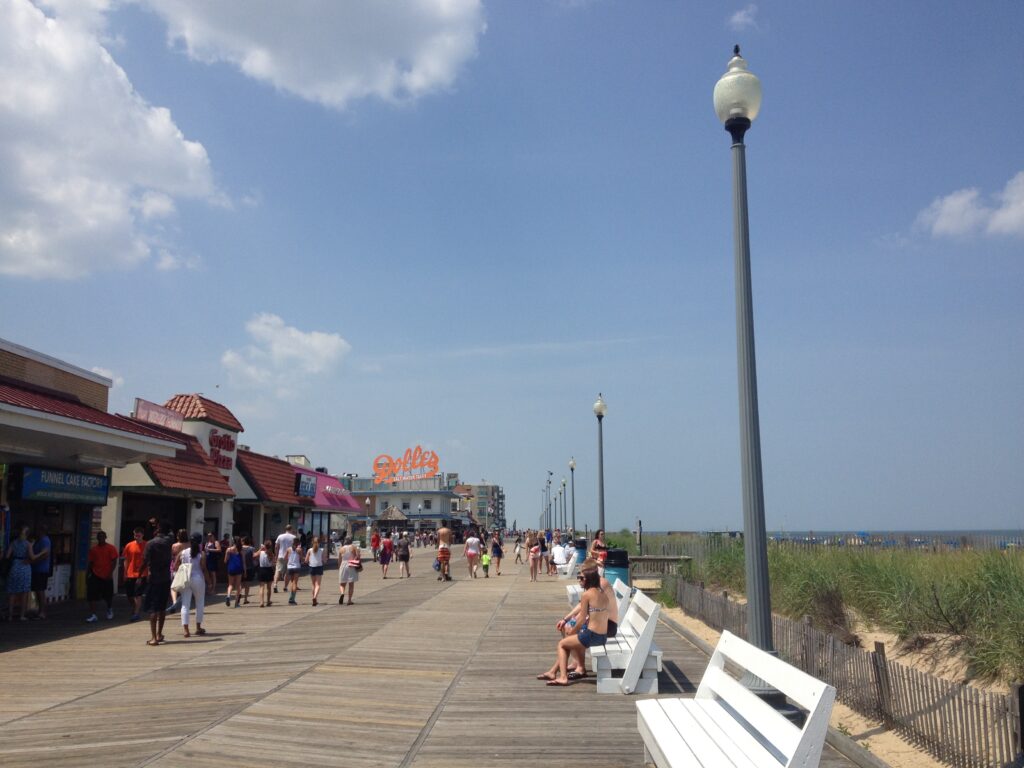
Ocean breezes used to keep coastal cities like San Francisco and Boston relatively free from severe allergy seasons. But in recent years, rising temperatures have led to higher pollen counts and prolonged allergy symptoms in these regions. In 2025, coastal residents should brace for more sneezing than ever before.
5. The Mountain States Are No Longer an Escape

Historically, higher elevations meant cleaner air and fewer allergens. But that’s changing. In cities like Denver and Salt Lake City, warming trends are allowing pollen to linger at higher altitudes, extending the allergy season in places that were once considered relief zones.
6. Allergy Flare-Ups Will Be More Intense, But Shorter

Instead of a steady, predictable allergy season, 2025 may bring short but extreme bursts of high pollen levels. Some areas could experience spikes of intense allergy activity for a few weeks rather than a gradual, drawn-out season. This makes symptom management even trickier for allergy sufferers.
7. Urban Areas Will See Allergy Season Worsen
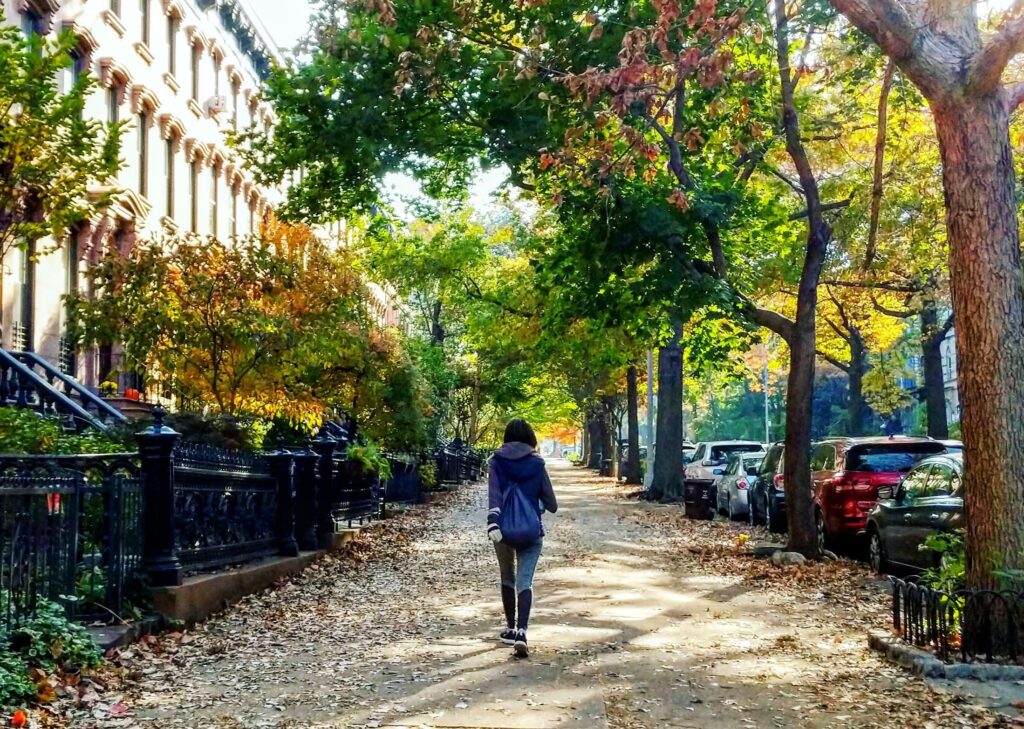
The “urban heat island” effect—where cities trap more heat than rural areas—is making allergy seasons longer in major metro areas like New York, Los Angeles, and Phoenix. Trees in city parks and streets are also adapting to warmer climates, increasing their pollen output.
8. The Midwest Will Get Hit with More Mold Allergies
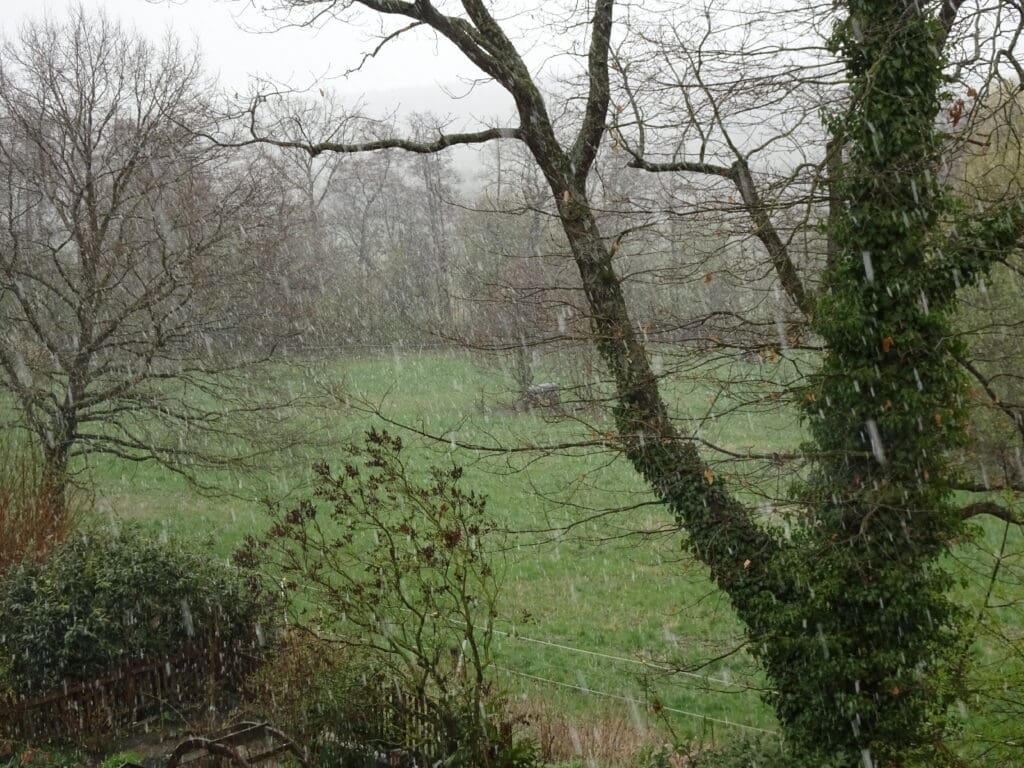
The Midwest is already experiencing higher rainfall in spring, and that trend will continue into 2025. This means a surge in mold spores, a major allergy trigger. Cities like St. Louis and Indianapolis may face some of their worst spring mold seasons on record.
Read More: The 30 Best Superfoods to Add to Your Diet
9. Telemedicine Will Play a Bigger Role in Allergy Care

As allergy seasons become more unpredictable, virtual allergy consultations are becoming the go-to option for fast relief. In 2025, more allergy sufferers will turn to telemedicine services like HeyAllergy to track local pollen trends and get personalized treatment from anywhere.
Read More: 10 Reasons All Children Should Play in the Mud
10. Personalized Allergy Treatment Will Be the New Norm
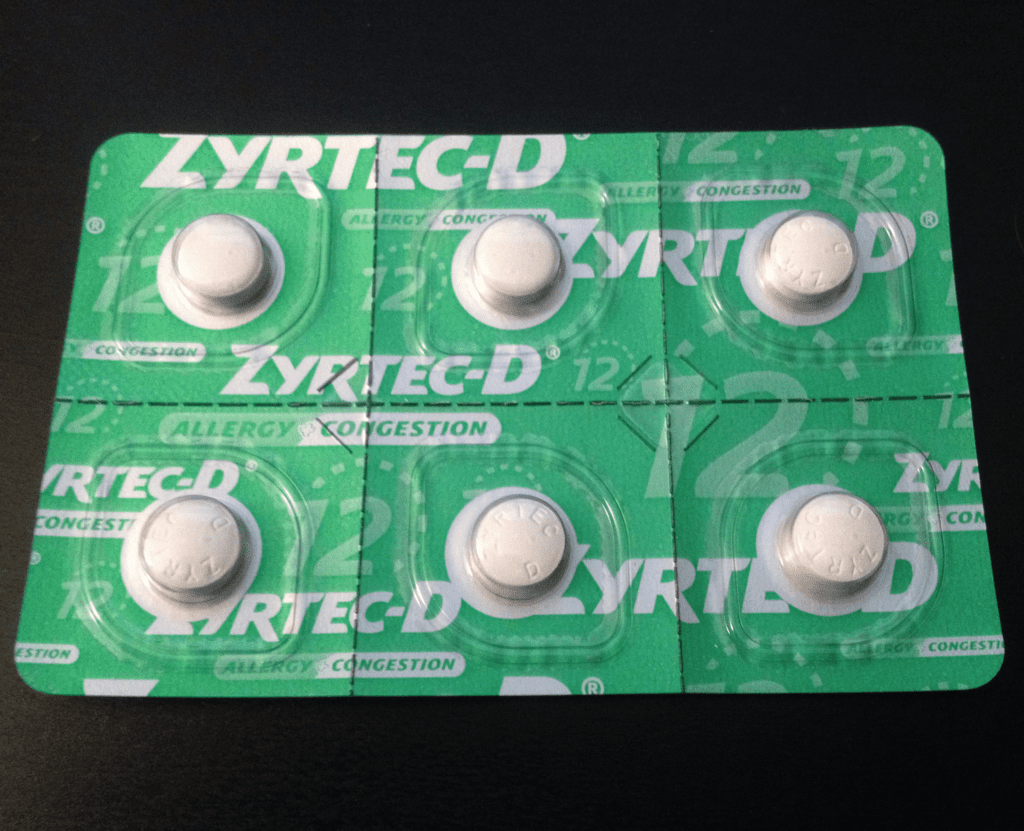
With allergies becoming more unpredictable, one-size-fits-all treatments won’t cut it anymore. Doctors are shifting toward personalized allergy care, using local pollen trends and individual allergy profiles to create custom treatment plans that better manage symptoms.
Read More: The 10 Ingredients Most Likely to Trigger Food Allergies

